No matter the type of farm, there’s an advantage to planting soil-feeding cover crops ahead of fall and winter. The assistance provided depends on the crops you plant. But there is definitely one out there to help you accomplish your desired soil conditions.
Whether it’s soil tilth, an increase in nitrogen, or phosphorus availability, a cover crop’s purpose is to improve and enrich the foundation of your farm. They work for ranches as well. Feeding pasture soil has numerous perks, and your herds are nourished by them.
Start with a soil test to determine what your soil needs. If you already know your soil’s chemical composition, use your goals for next season to give you an idea of what to plant. Then, get a plan together for termination, and you’re well on your way to including an important aspect of soil conditioning in your farm.
Why Plant Cover Crops?
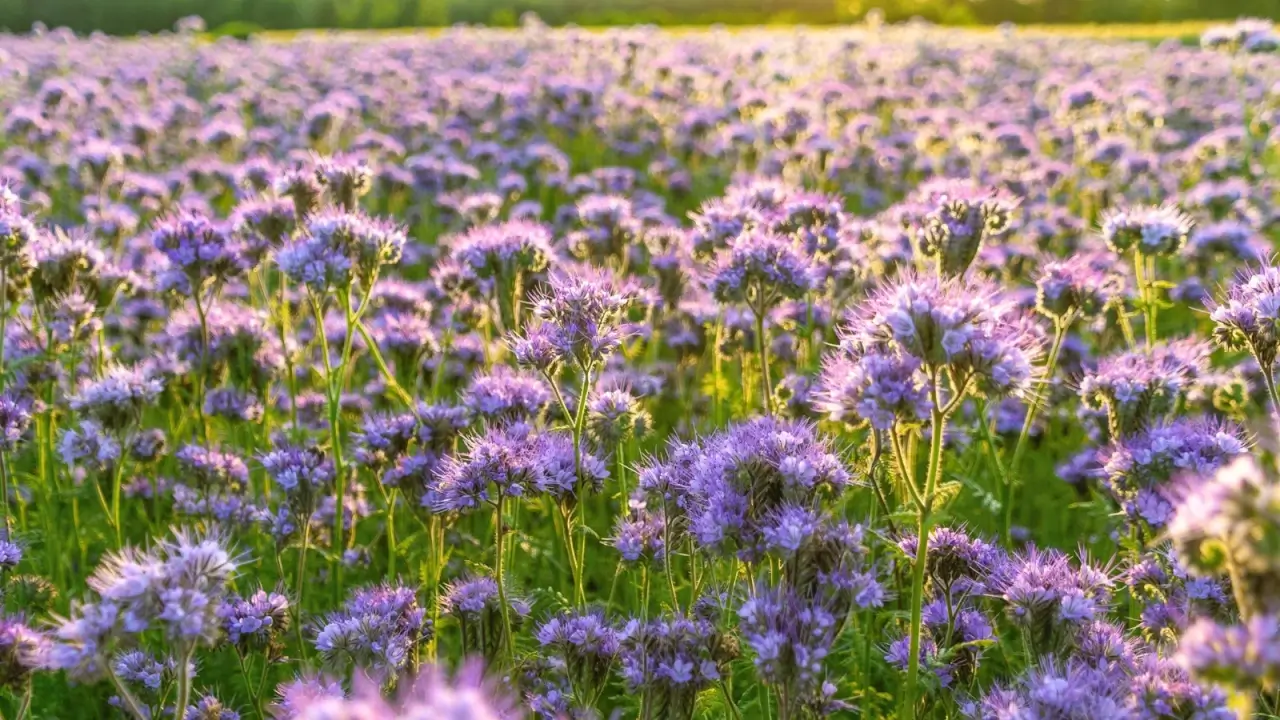 Crops in rotation make spring planting easier.
Crops in rotation make spring planting easier.
Before we get into the kinds of cover crops you can grow on your farm, let’s discuss why you would devote a portion of your farm to them in the first place. By definition, they enhance your soil. But there are multiple ways they do this.
When it’s cold over winter, exposed soils tend to erode. Having a cover crop planted or mulched over the soil protects it from extreme conditions and keeps it in place. This provides minimal disturbance to your soil and strengthens its structure. Planting these crops also keeps fields in rotation – a practice proven to limit pestilence.
Each crop has its own nutrient benefits that feed specific soil microorganisms. With a boost to the soil, earthworms are more common, which means nutrients and water move more freely through the soil via the aeration that worms provide.
This strengthens the nutrient loop, keeping carbon and other nutrients in the soil layer. Overall, your field will have higher soil organic matter, and will be easier to cultivate as a result. Including different types of cover crops increases biodiversity, improving conditions where beneficial insects are capable of making a home. This gives them a boost as they emerge in spring when temperatures warm.
A Word on Grazing Crops
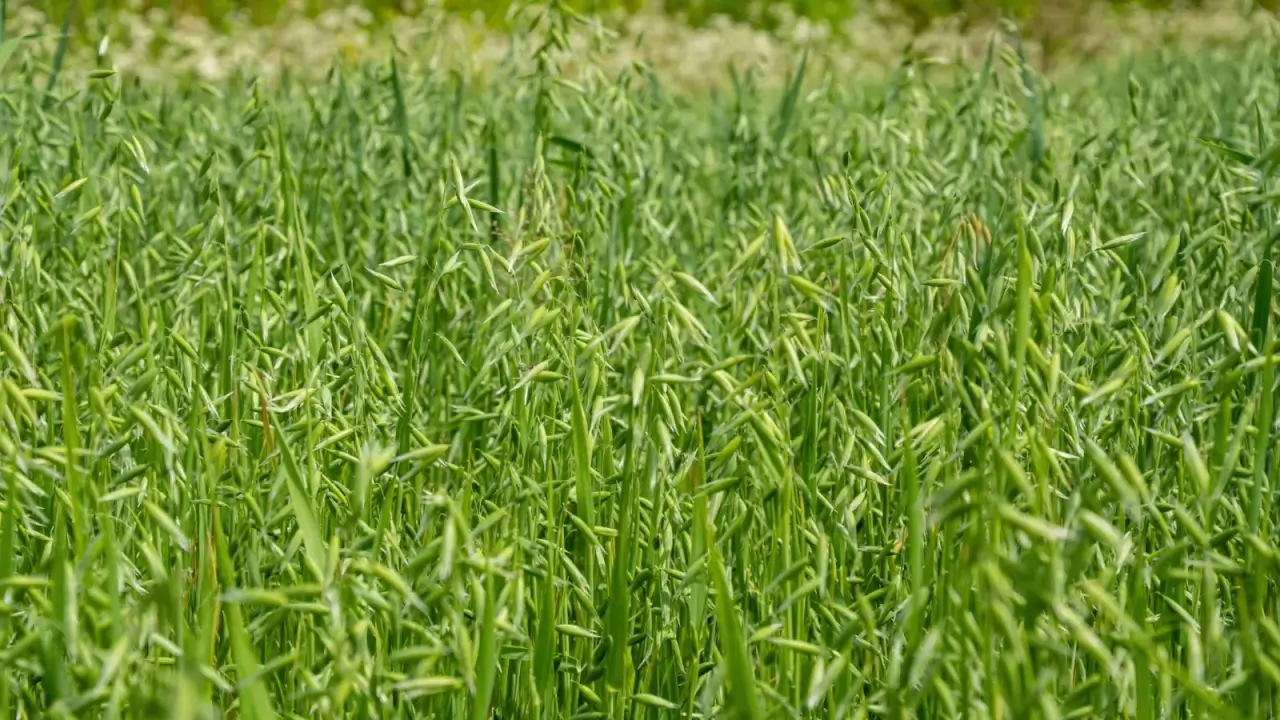 Oats and cereals fill troughs without breaking budgets.
Oats and cereals fill troughs without breaking budgets.
Hay is expensive these days. Here’s where cover crops come to the rescue. Instead of outsourcing your feed during the colder seasons, cover crops give ranchers a cost-effective way to source feed from cover crops. The benefits, therefore, are to the soil and the herd.
Start with which crops are best suited to your animals, and ensure the area is well-fenced. If you’ve grown large-scale corn or soybeans, choose winter annual cereals or brassicas to cover the field. For wheat or rotated alfalfa and hay fields, there are multiple options. Overall, oats are a great option for the cool season.
If you don’t have room specifically for cultivating a cover crop, no problem. We’ll discuss how you can use native plants to feed herds.
9 Soil-Feeding Cover Crops for Your Farm
Tailor the crops you choose to your farm’s needs, and you’ll be well on your way to improving the land in future seasons. Remember to pick crops that terminate in the way best suited to your routine too. Some crops winter-kill on their own, while others need intervention in the form of reaping or crimping.
Native Crops
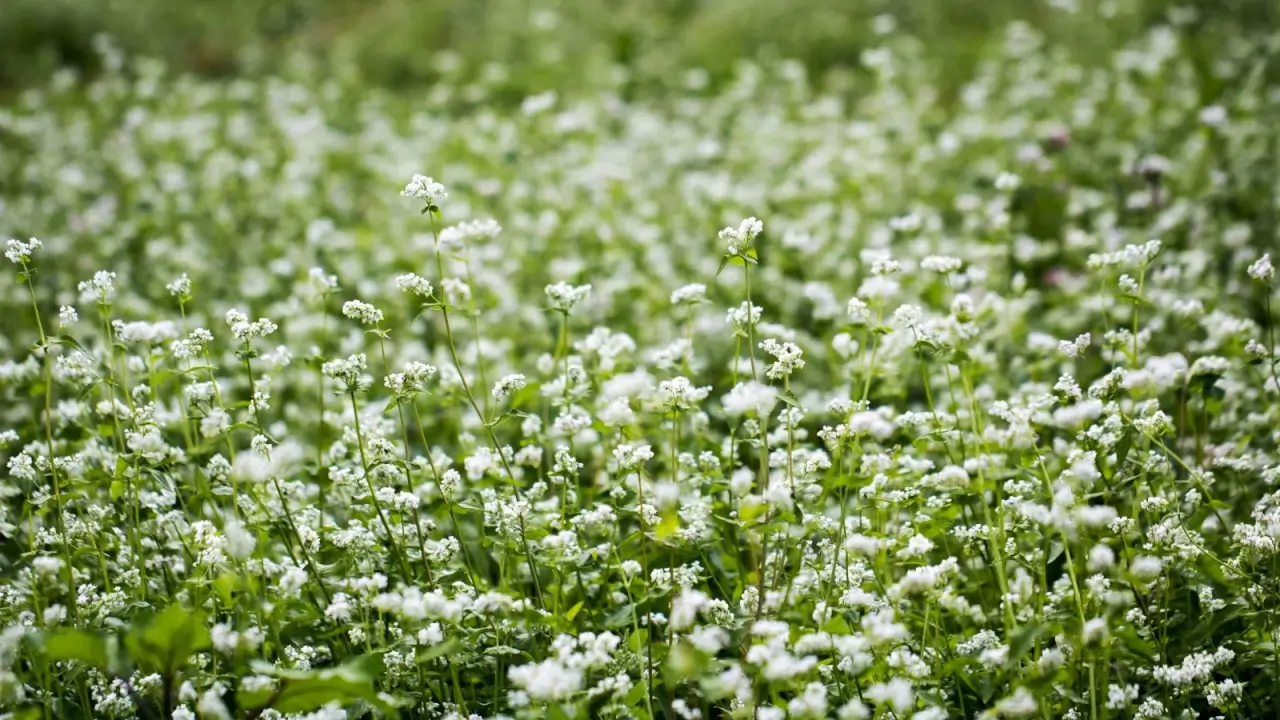 Buckwheat covers fields while enhancing phosphorus for strong blooms.
Buckwheat covers fields while enhancing phosphorus for strong blooms.
For ranchers working land in a regenerative manner, using native cover is a great option. These are not only soil-feeding cover crops, but they are suited to the environments they’ve grown in for millennia. They have evolved alongside local wildlife and further increase biodiversity, bolstering beneficial insect populations.
Native buckwheat, phacelia, and grasses are options, depending on where you live. Tufted wild buckwheat offers cover that offers habitat regeneration, but also increases phosphorus uptake in soil, promoting better flowering and fruit production for future crops. Plant this one now only if you’re in a region that doesn’t experience frost, as it takes roughly 11 to 12 weeks to mature.
There are multiple species of phacelia native to North America. Since these are already suited to the cool season, plant them now in any region where there are still a few weeks left before the first frost. Their roots improve soil structure, and in areas where they’re allowed to remain, they support pollinators. No termination necessary with this one, if you choose.
As for native grasses, keep reading.
Brassicas
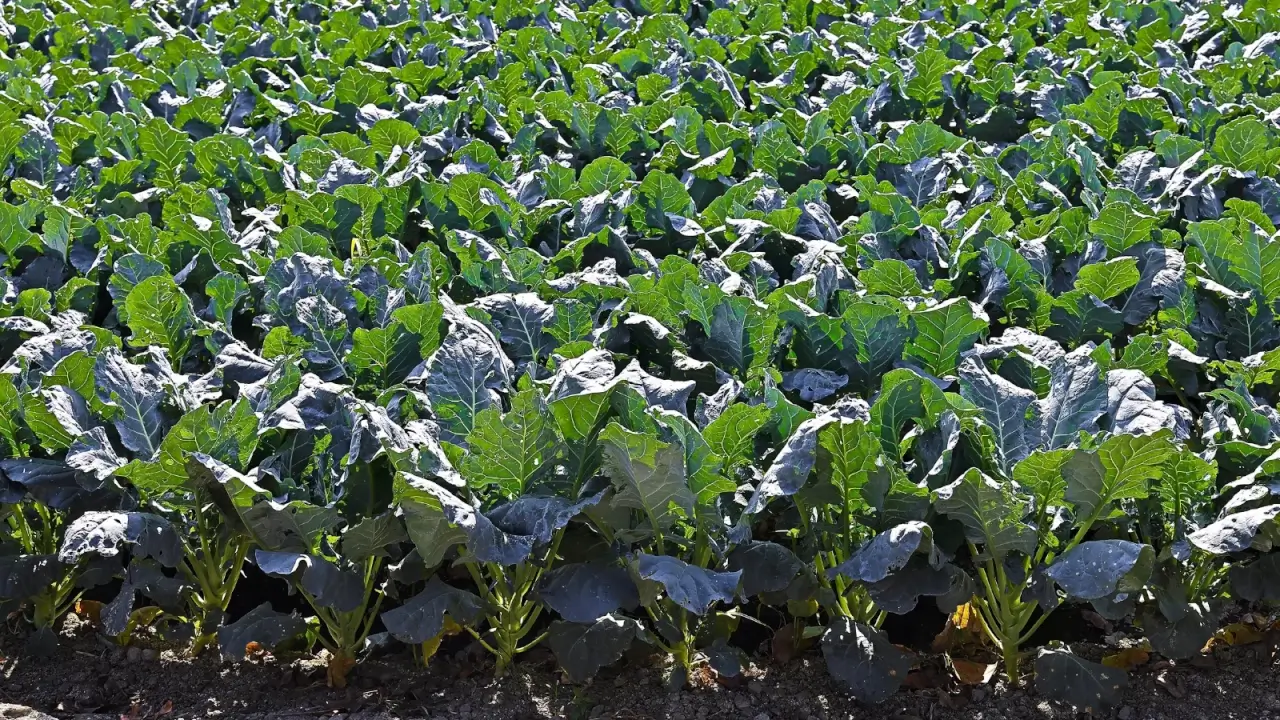 Turnips grow quickly and enrich the soil for spring planting.
Turnips grow quickly and enrich the soil for spring planting.
Root brassicas, like radishes and turnips, till the soil and improve its structure. Their short maturation period makes them a great option for compacted soils in most regions. The roots themselves offer farmers a cool season market share as well.
Other soil-feeding cover crops in the brassica category include mustards, kale, rapeseed, collards, cabbages, and forages. Their roots, too, improve soil structure. Some are great forages, and if left to grow and flower, they provide food for pollinators. These are cool-weather lovers, so September is a great time to plant them.
Peas
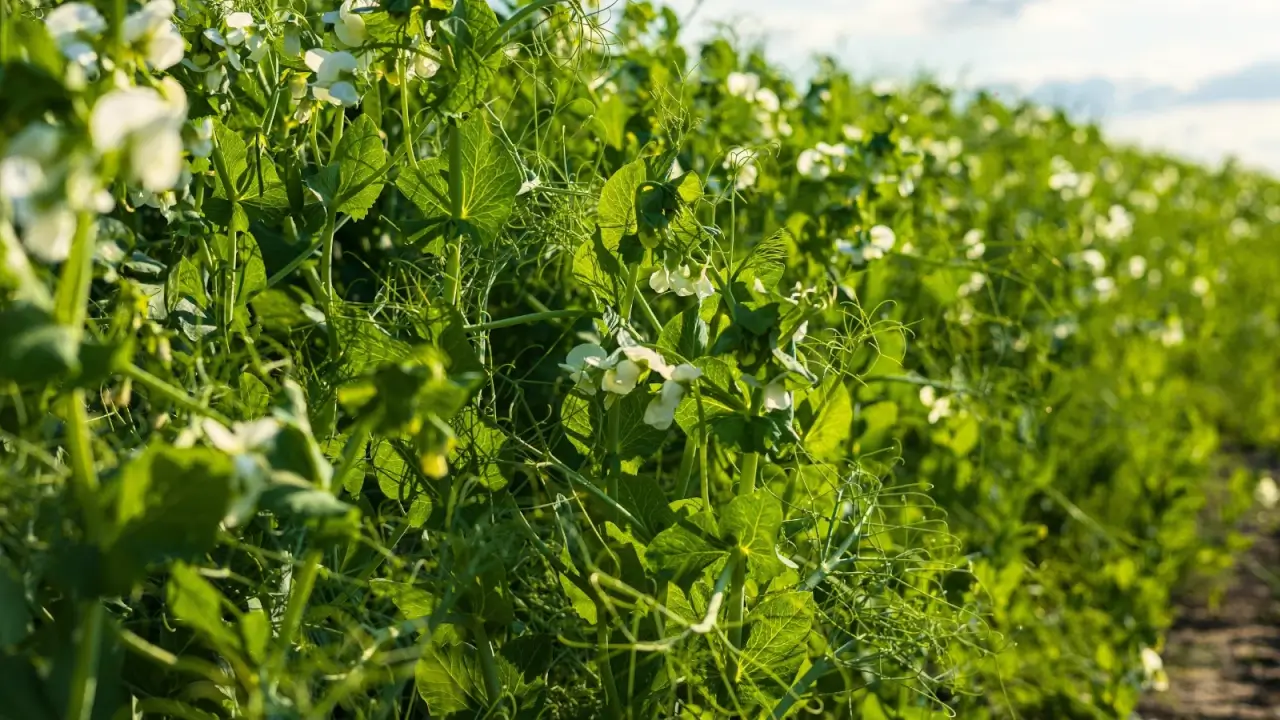 Pod-producing plants survive light frosts and cold spells.
Pod-producing plants survive light frosts and cold spells.
In regions where cold comes on later (or not at all), a crop of field peas improves nitrogen fixation. Because their leaves are supple and smooth, they break down quickly, adding available nitrogen to the soil quickly after termination. Many types survive light frosts and offer pods for market. Their dense vining habit covers the soil, protecting it in cold seasons.
Clovers
 Adaptable plants add nitrogen, boosting nearby spring crops.
Adaptable plants add nitrogen, boosting nearby spring crops.
Sweet and annual clover are a good option for regions with later frosts, too. The adaptability of both to varying climates makes them a great choice in areas where they are not classed as invasive. They cover ground quickly, acting as a living mulch. Their flowers attract beneficial insects.
Clover is also a great option for nitrogen fixation. The plants affix nitrogen in the soil, bolstering spring crops yet to be planted. However, note that some clovers get sparse in colder areas, which limits ground cover.
Grains
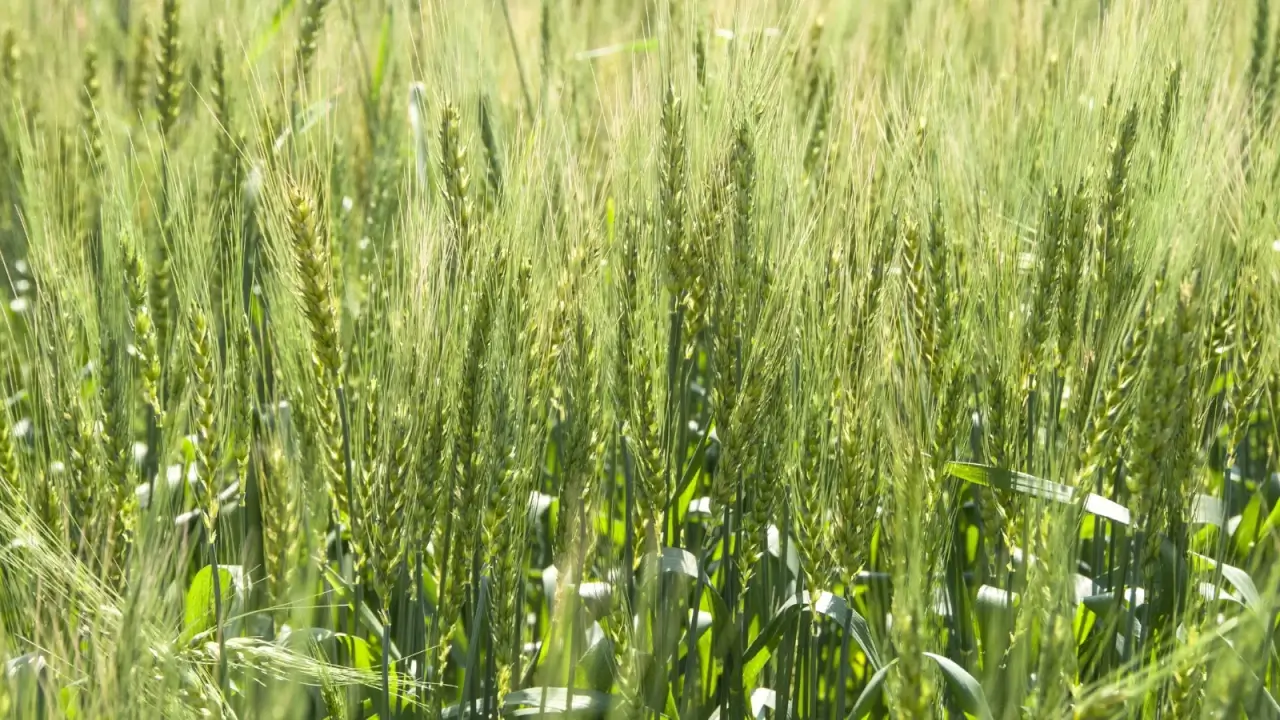 Cool-season plants shield fields while improving soil naturally.
Cool-season plants shield fields while improving soil naturally.
Oats, winter wheat, cereal rye, and barley are all cool-season soil-feeding cover crops. Their dense growth rate covers soil and limits weed growth. They are most commonly planted before corn, cotton, or soybean crops. Their main contribution is soil biomass improvement and erosion reduction.
They limit the need for soil fumigation in between seasons, and provide feed to grazing animals in winter when feed forage is necessary.
Alfalfa
 Deep roots bring nutrients up for future crops.
Deep roots bring nutrients up for future crops.
As a legume, alfalfa is one of the best soil-feeding cover crops for nitrogen fixation. The deep taproot of the plants drills for nutrients below the top soil layers, making it possible for subsequent crops to access them. When left to flower, alfalfa attracts multiple species of beneficial insects.
Alfalfas are winter-hardy plants. Terminate them before they go to seed, and you’ll have a highly fertile organic mulch for next spring’s crops. This is also one of those forage crops that offer highly nutritious feed to livestock, horses, rabbits, and more.
Lentils
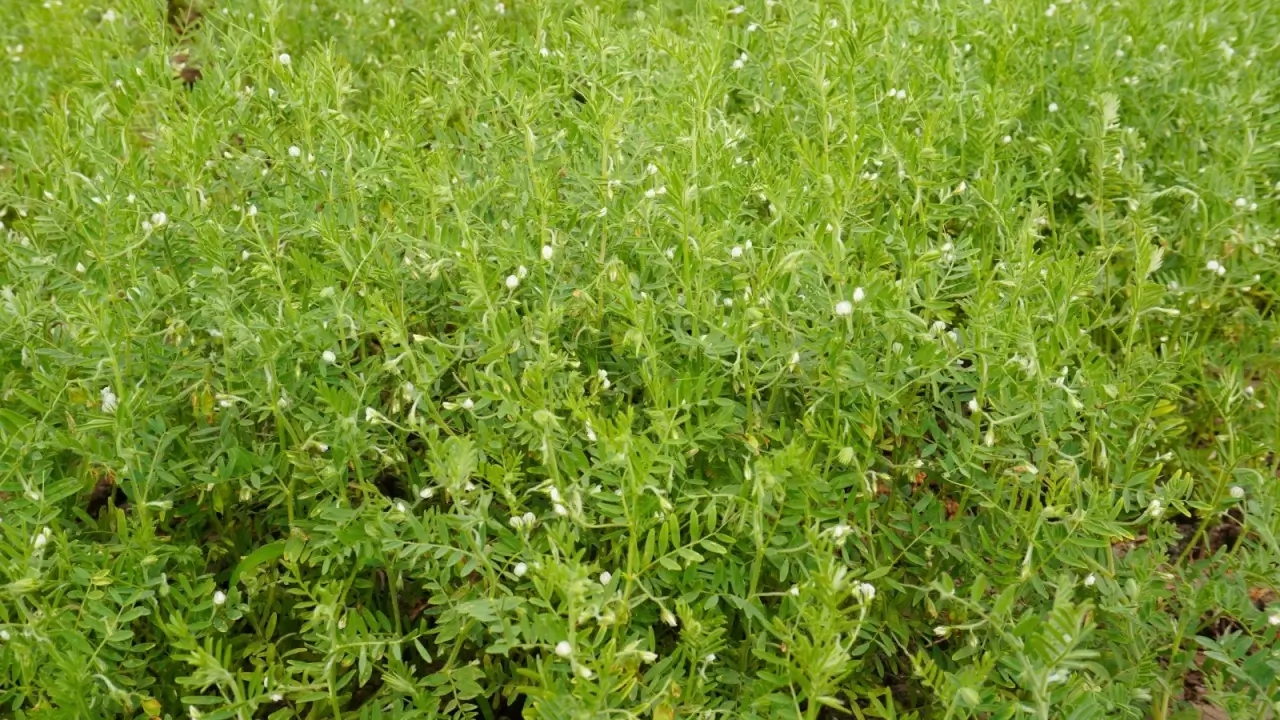 Thrives even in dry, challenging soil conditions easily.
Thrives even in dry, challenging soil conditions easily.
In the Midwest, lentil cover crops are an excellent choice for planting now. In areas where water is scarce in winter, lentils make a perfect cover crop, with their ability to subsist with limited irrigation. They tolerate poor soils as well, and serve as a good crop for southwest farmers.
They’ll need phosphorus to provide the nitrogen fixation capabilities that other legumes carry. Work this into the soil prior to seeding if nitrogen is your end-goal. These are a good cover for market gardeners, too, who want to produce when the weather is cool.
Fava Beans
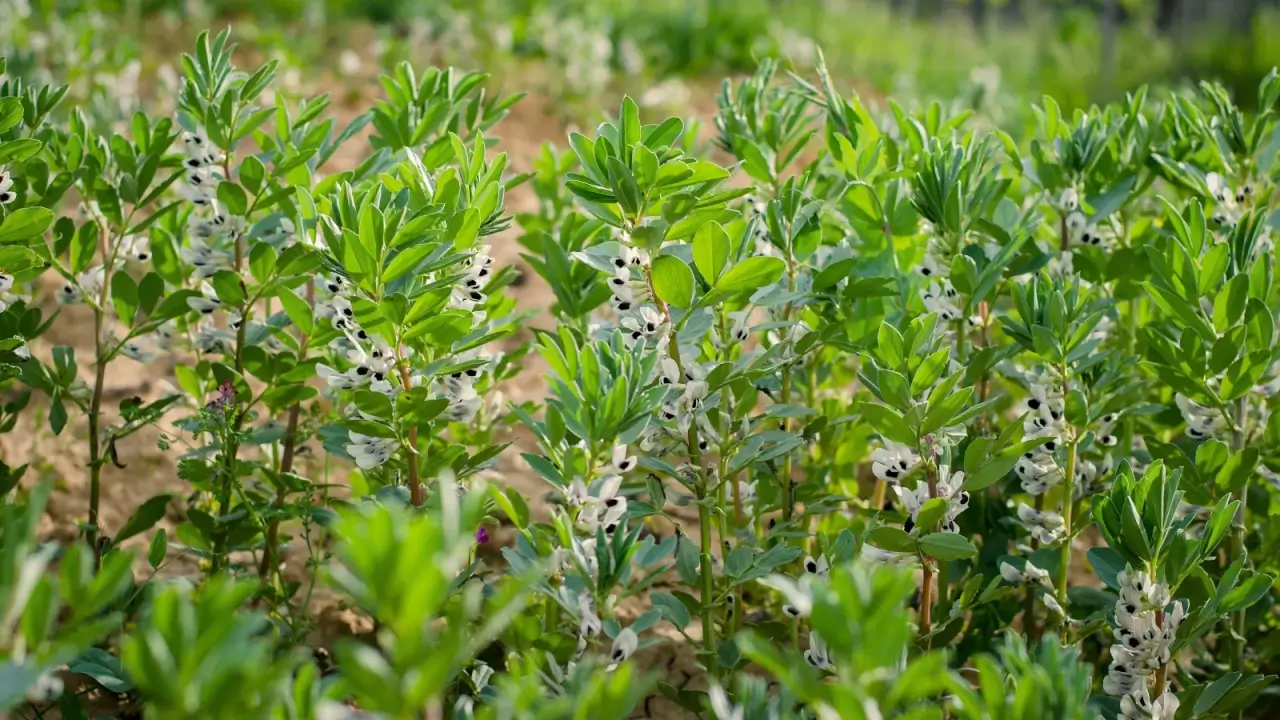 Dense foliage quietly suppresses weeds as it grows.
Dense foliage quietly suppresses weeds as it grows.
Another excellent candidate for cool-season planting is fava beans. These are great soil-feeding cover crops that affix nitrogen and offer specialty produce for market. Their deep roots break up compacted soils and excavate nutrients from deep in the earth. Their vigorous nature makes them good for weed suppression.
For people who are susceptible to favism, it’s best to stay away.
Cool Season Grasses
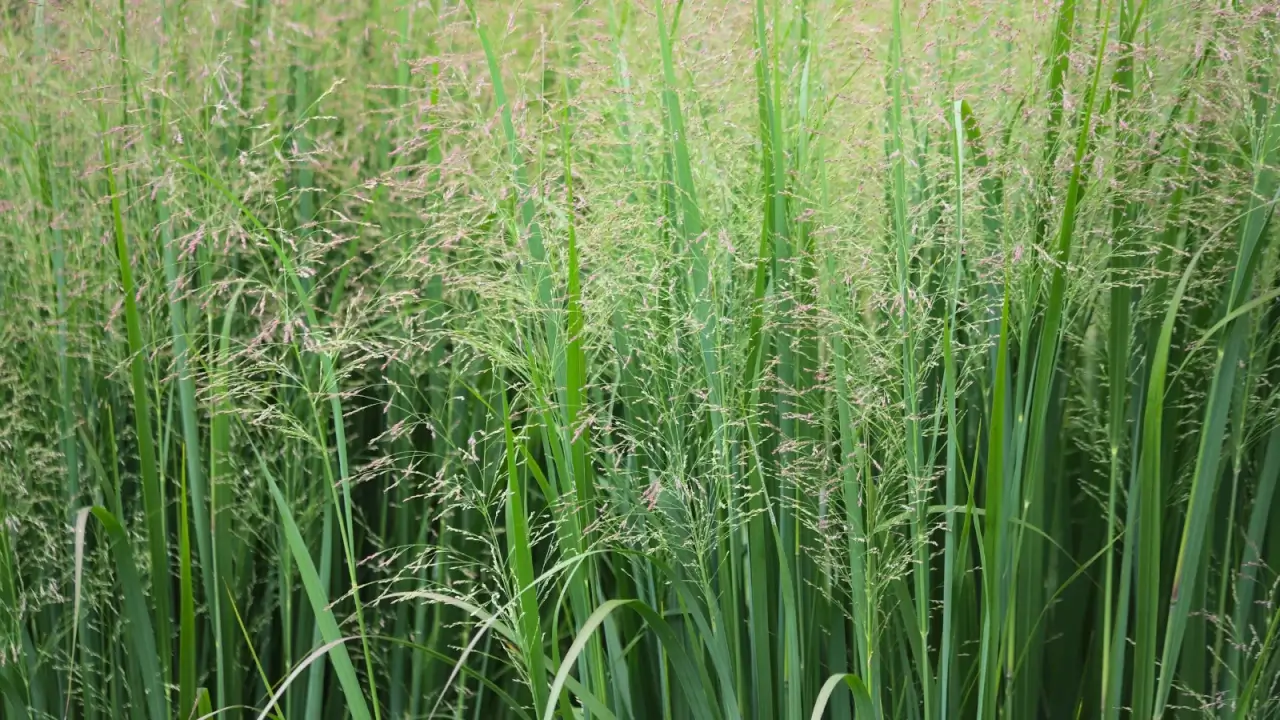 Wildlife flock to tall grasses for shelter naturally.
Wildlife flock to tall grasses for shelter naturally.
Much like cold season grains, cool-season grasses provide the same kind of cover and reduce the need for fumigation. As well as being soil-feeding cover crops, they are often great candidates for feed.
Plant native cool season grasses and have the added bonus of conservation and restoration. Wildlife that help you control pests in your fields flock to native grasses. If you live in a fire-prone area, having fire-resistant native grasses is a great option.
Dear Modern Farmer: How Do I Get Started With Cover Crops?
Dear Modern Farmer: I heard it’s a good idea to plant cover crops in my garden. What should I know before I get started?
The post 9 Soil-Feeding Cover Crops to Plant in September appeared first on Modern Farmer.
From Modern Farmer via this RSS feed


